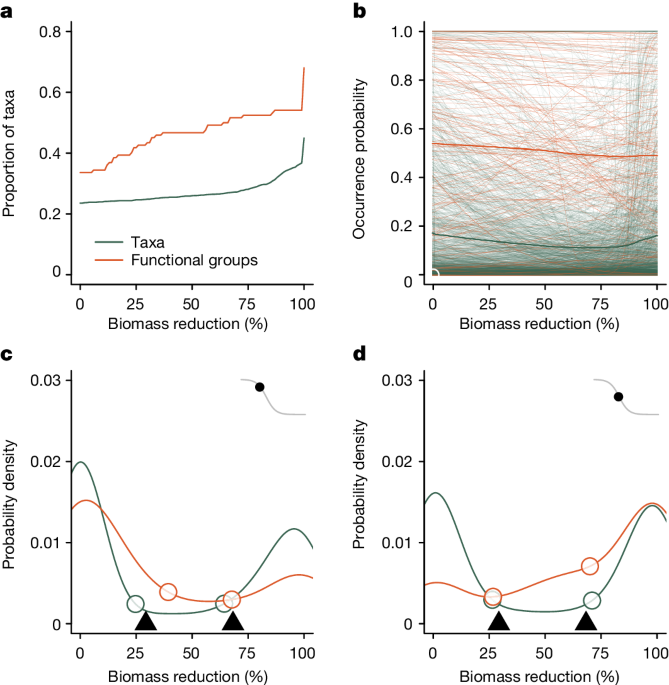Empirically Defined Thresholds for Assessing the Conservation Value of Logged and Disturbed Tropical Forests
The content presents findings from a comprehensive assessment of the impact of logging intensity on the occurrence patterns of 1,681 taxa across 86 taxonomic orders and 126 functional groups in the tropical forests of Sabah, Malaysia. The key insights are:
-
Lightly logged forests (with less than 29% biomass removal) retain high conservation value and largely intact functional composition, and are likely to recover their pre-logging values through natural regeneration.
-
Heavily degraded forests (with more than two-thirds, or 68%, of their biomass removed) experience the most extreme impacts and will likely require more intensive measures to recover their biodiversity value.
The findings reinforce that primary forests are irreplaceable, but also highlight the considerable conservation value of logged forests that should not be overlooked. The empirically defined thresholds provide a framework for categorizing the conservation status of logged and disturbed tropical forests.
Customize Summary
Rewrite with AI
Generate Citations
Translate Source
To Another Language
Generate MindMap
from source content
Visit Source
www.nature.com
Thresholds for adding degraded tropical forest to the conservation estate - Nature
Kluczowe wnioski z
by Robert M. Ew... o www.nature.com 07-17-2024
https://www.nature.com/articles/s41586-024-07657-w
Głębsze pytania
